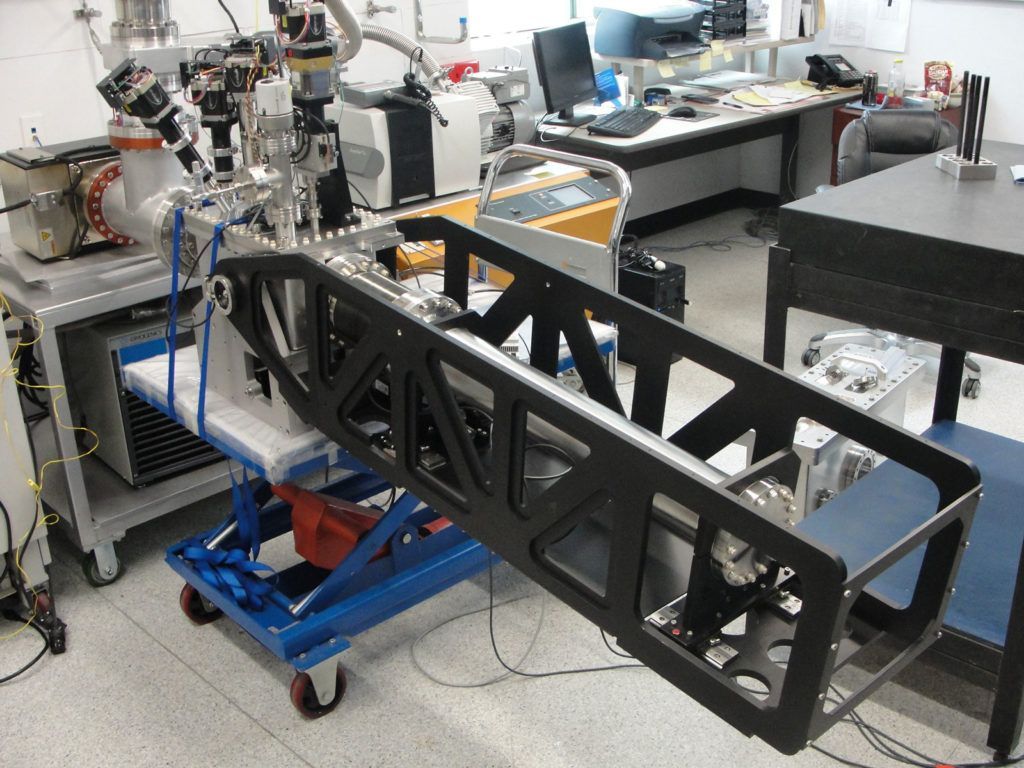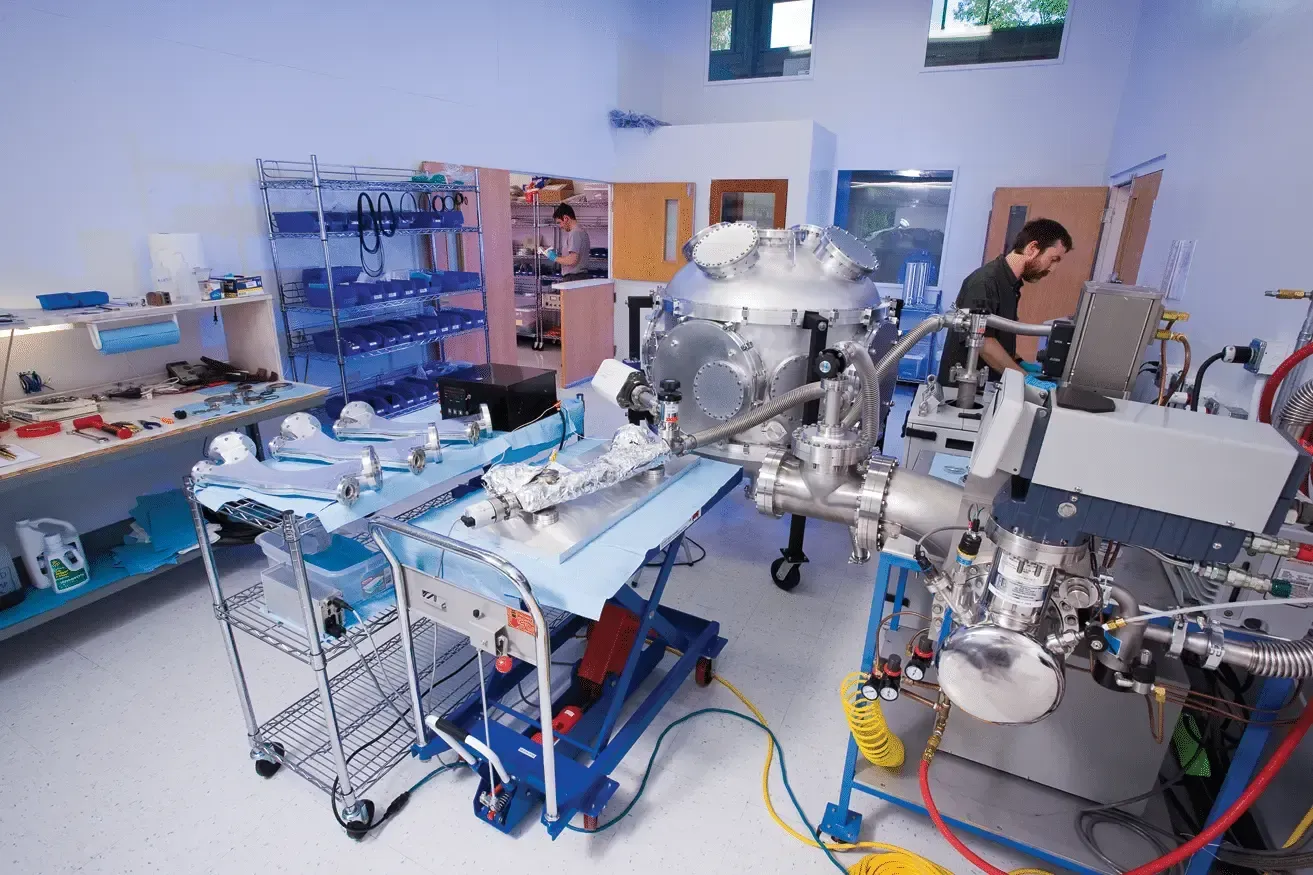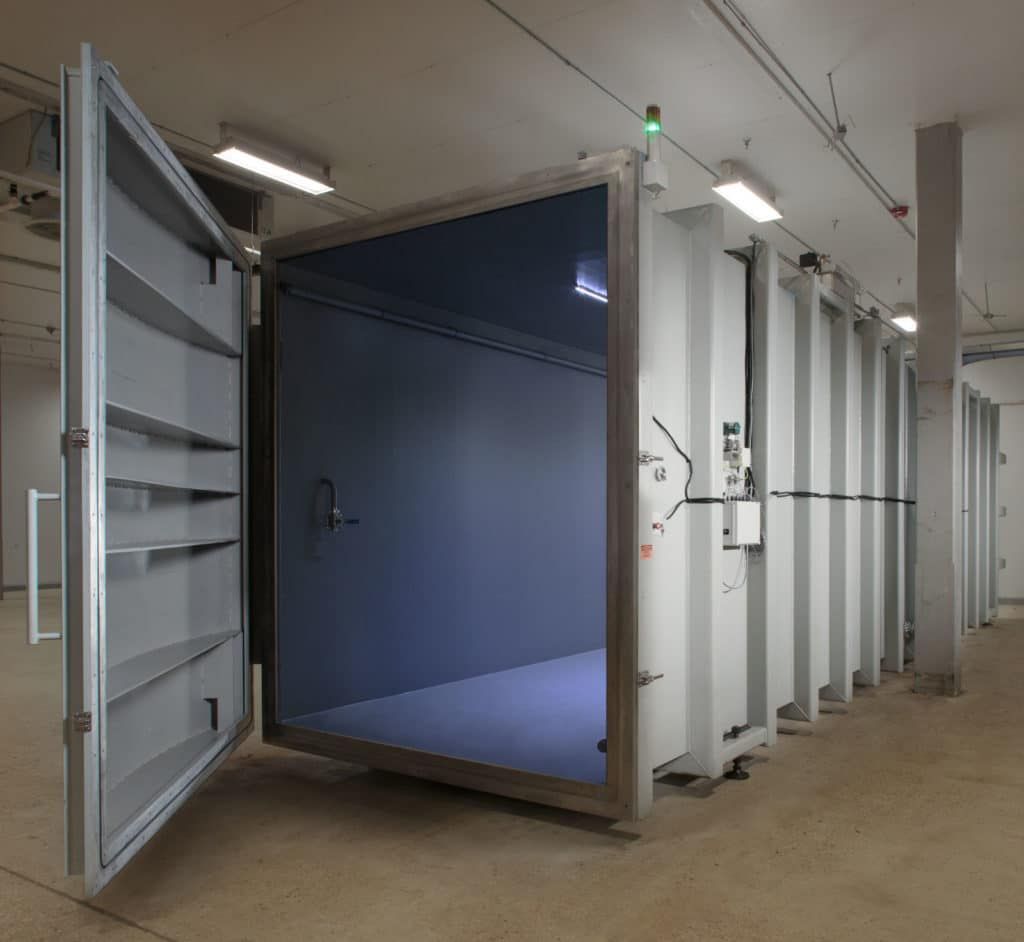Made in the USA
Everything we do is done right here in the USA, in our fully integrated Port Townsend, Washington facility.
Everything we do is done right here in the USA, in our fully integrated Port Townsend, Washington facility.
All design and development is done in-house in collaboration with our customers. Engineering and manufacturing work in tandem to ensure the utmost efficiency and quality our customers expect and deserve.

All our metals are locally bonded and tested in our facility before machining, allowing us not only to support our community but also to reduce our environmental footprint and maintain strict control over quality and craftsmanship.

Machining, welding, and assembly are completed onsite by our skilled craftsmen. By manufacturing in-house, we oversee every step of the process, from design to production, guaranteeing precision and consistency throughout.

Copyright Atlas Technologies | All Rights Reserved